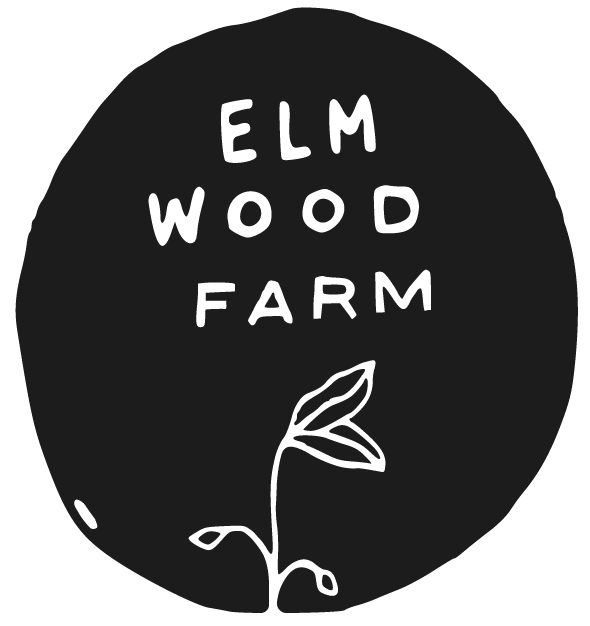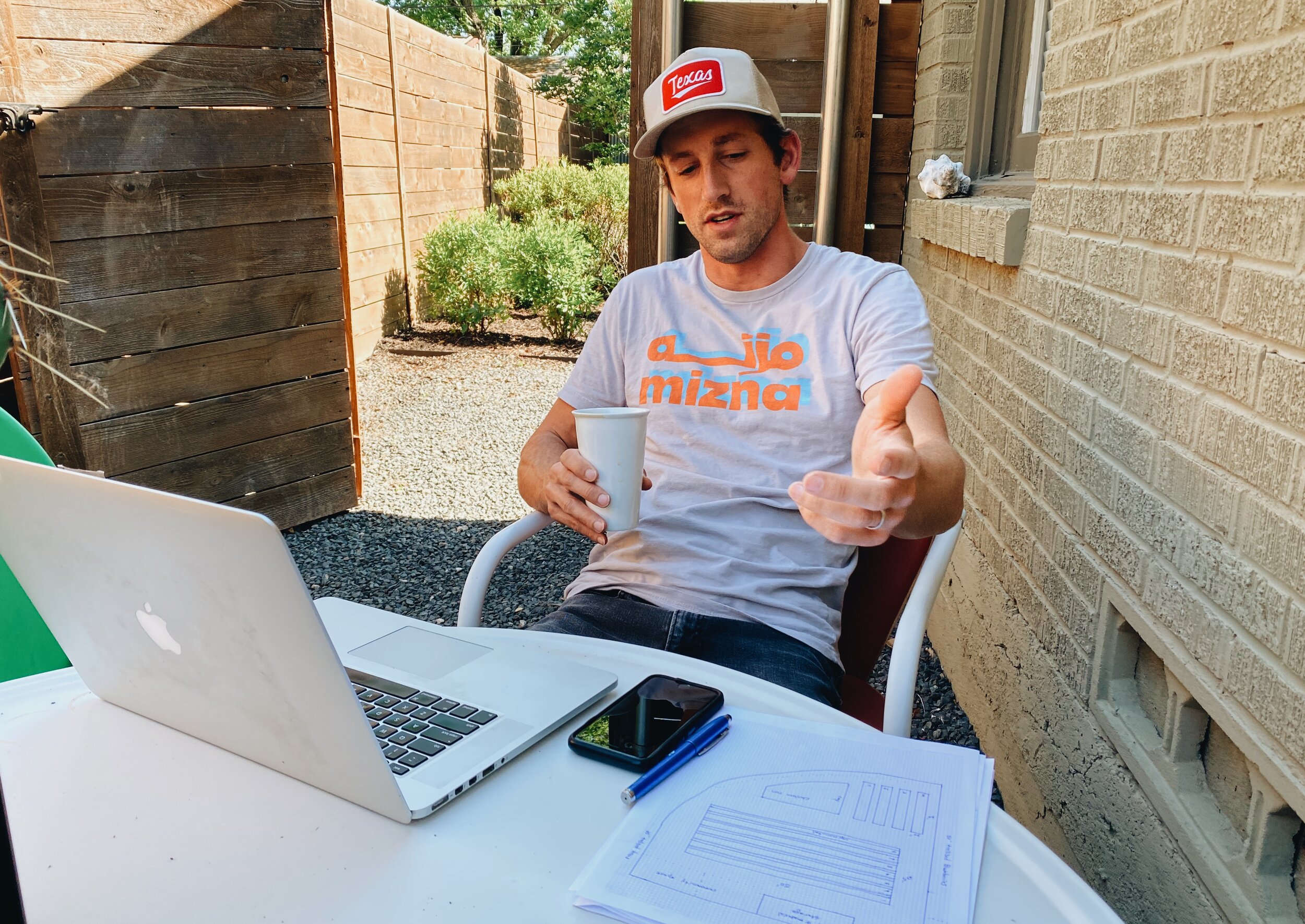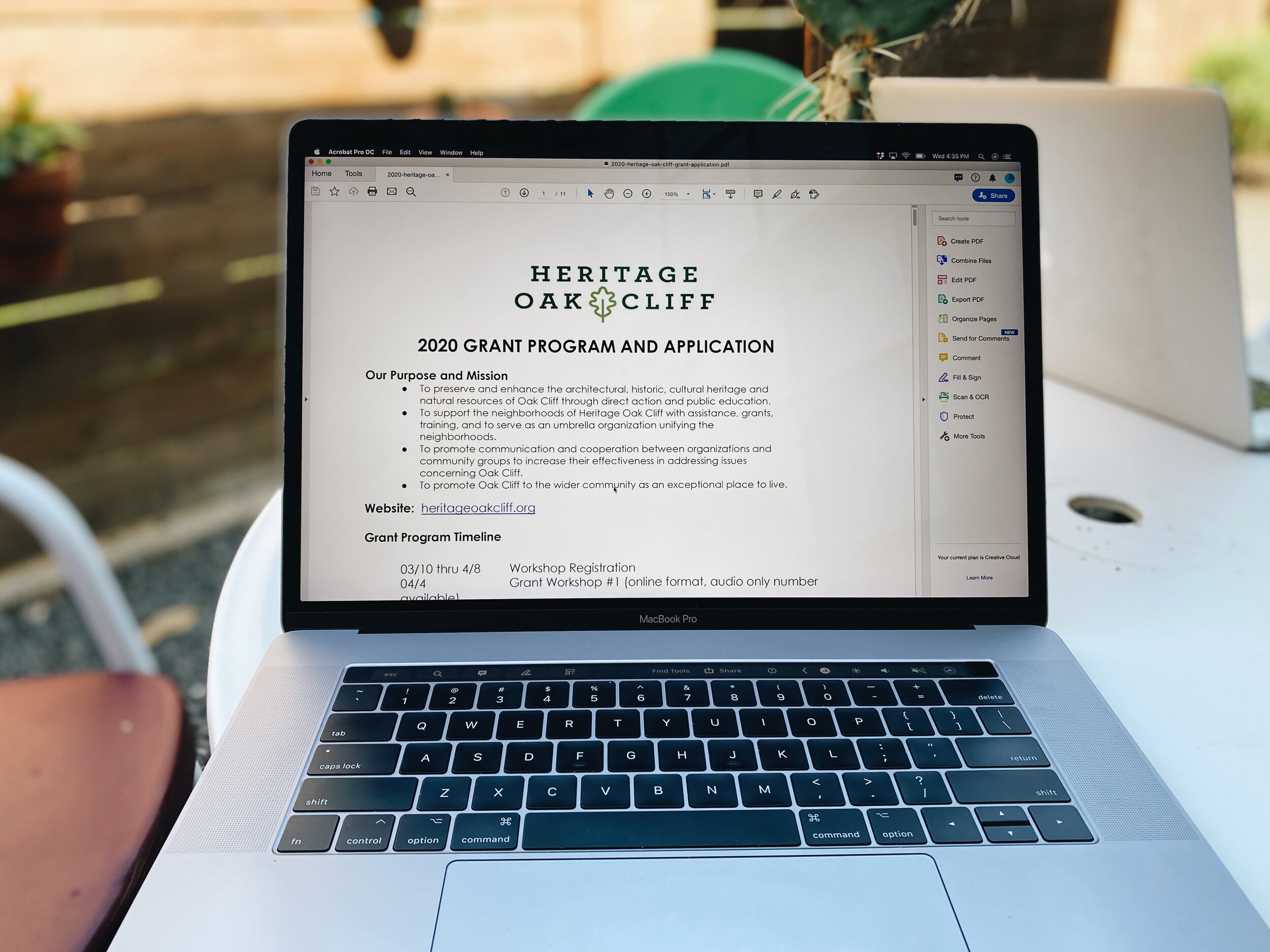Garden Designs & Grant Writing
Draft of the farm layout.
4th Revision
Two big questions to solve at this point: how much can we fit inside our tee ball field of a plot? And how are we going to pay for this?
Thankfully, a lot survey and graph paper clearly show us how much square footage we have to work with. Even in an intensive system, it’s not a lot. But it’s enough. The biggest design challenge presented to us is the curved fence along our South and East borders. Unique. Not ideal. The plot design went through multiple iterations and settled on the layout above, to maximize efficiency. Our seven 50’ field rows are oriented East - West, to accommodate the curve on the South border and placement of community and storage structures along the North border, which also carries a short tree line. An earlier design had North-South oriented rows, but the rows were double in number and shorter. A smaller number of rows allows for more efficient crop management with all of our systems. Irrigation, crop rotation, and season extension is greatly simplified. Four 20’ raised beds will fill the Southeast corner to allow for the growth of root vegetables that will not be able to tolerate the existing hard packed clay and limestone soil. Chickens will occupy the awkward zone of space we affectionately refer to as “center field”. The margins along the fence will host trellised blackberries, perennial herbs, and native plants to provide habitat for pollinators and beneficial predatory insects.
As for the question of funding. Our starting place is the Heritage Oak Cliff grant, whose purpose and mission aligns seamlessly with what we want to achieve for our neighborhood. We are excited about the prospect of a local grant to help seed some of our startup costs. The application process has also been a valuable motivator for the timely formation of our functions, principles, budget, and logistical details that will allow us to launch in September. We are also pursuing USDA and NRCS grants available for urban agriculture projects.



